Chapter: 9th Science : Health and Hygiene-Food for Living
Methods of Food Preservation
Methods of Food Preservation
1. Dehydration/ Drying
Drying or dehydration is the process of removal of
water/moisture content in the food. It can be done either by sun-drying, (e.g.
cereals, fish) or vacuum drying (e.g. milk powder, cheese powder) or hot air
drying (e.g. grapes, dry fruits, potato flakes). Drying inhibits the growth of
microorganism such as bacteria, yeasts and moulds.

2. Smoking
In this process, food products like meat and fish
are exposed to smoke. The drying action of the smoke tends to preserve the
food.
3. Irradiation
Food irradiation is the process of exposing food to
optimum levels of ionizing

radiations like x-rays, gamma rays or UV rays to
kill harmful bacteria and pests and to preserve its freshness. is process is
sometimes called ŌĆścold pasteurizationŌĆÖ as the product is not heated.
Irradiation does not destroy the taste or nutritive value of food. The shelf
life of onions and potatoes increases when exposed to radiation.
4. Use of inert gas
Nitrogen gas is filled in air-tight packets of
potato wafers and other food products thus preventing the growth of fungus and
insects in them.
5. Cold storage
The process of storing the perishable foods such as
vegetables, fruits and fruit products, milk and milk products etc. at low
temperature in a refrigerator is called cold storage. Preserving the food at
low temperature slows down the biological and chemical reactions in food
products and prevents its spoilage.
6. Freezing
Freezing is one of the widely used methods of food
preservation. This process involves storing the food below 00C at which
microorganisms cannot grow, chemical reactions are reduced and metabolic
reactions are also delayed.
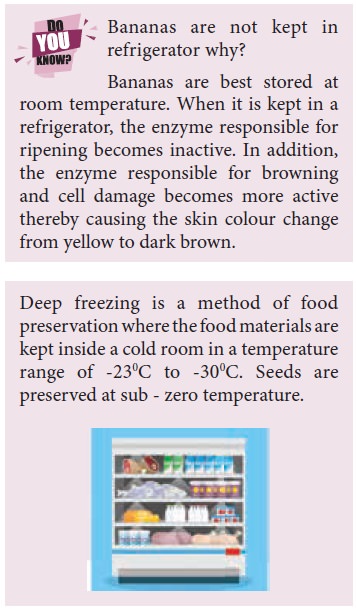
7. Pasteurization
Pasteurization is a process of food preservation,
which is named after the scientist Louis Pasteur. This process involves boiling
of milk to a temperature of 63┬░C for about 30 minutes and suddenly cooling to
destroy the microbes present in the milk. Pasteurisation helps in avoiding
spoilage of milk.
Simple
representation of the process of pasteurisation of milk
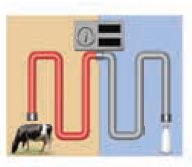
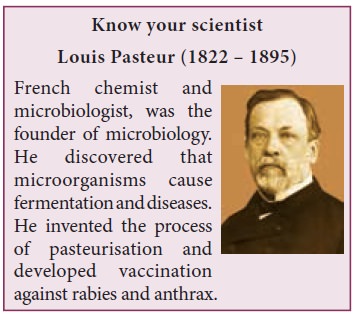
8. Canning
In this method of food preservation, most
vegetables, fruits, meat and dairy

products, fruit juices and some ready-to -eat foods
are processed and stored in a clean, steamed air tight containers under
pressure and then sealed. It is then subjected to high temperature and cooled
to destroy all microbes.
9. Addition of preservatives
Food can be preserved by adding natural and
synthetic preservatives.
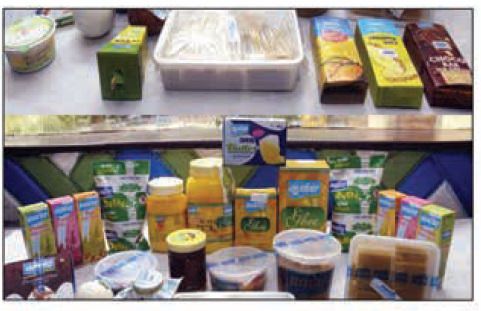

A) Natural preservatives
Some naturally available materials like salt, sugar
and oil are used as food preservatives.
1. Addition of salt: It is one of the oldest methods of preserving food. Addition
of salt removes the moisture content in the food by the process of osmosis. This
prevents the growth of bacteria and reduces the activity of microbial enzymes.
Meat, sh, gooseberry, lemon and raw mangoes are preserved by salting. Salt is
also used as a preservative in pickles, canned foods etc.
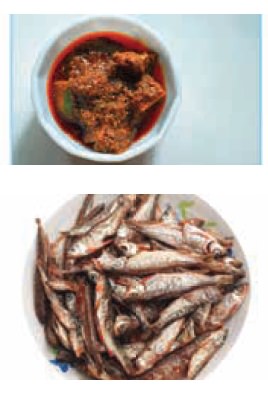
2. Addition of sugar: Sugar/Honey is added as a preservative to increase
the shelf life of fruits and fruit products like jams, jellies, squash, etc.
The hygroscopic nature of sugar/ honey helps in reducing the water content of
food and also minimizing the process of oxidation in fruits.
3. Addition of oil: Addition of oil in pickles prevents the contact of air
with food. Hence microorganisms cannot grow and spoil the food.

B. Synthetic preservatives
Synthetic food preservatives like sodium benzoate,
citric acid, vinegar, sodium meta bisulphate and potassium bisulphate are added
to food products like sauces, jams, jellies, packed foods and ready- to-eat
foods. These preservatives delay the microbial growth and keep the food safe
for long duration.
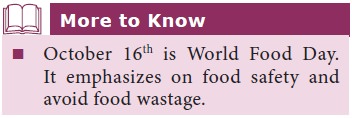
Related Topics